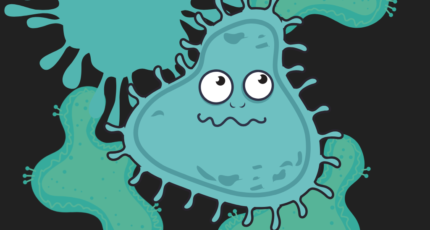
What’s that smell? Sometimes mold can present an odor in a home or business that becomes obvious to occupants. At other times, though, mold grows without notice. We see all kinds of mold in our remediation work and want to share some of our expertise with this Mold in Focus blog.
Stachybotrys
• Stachybotrys chartarum (a.k.a. Stachybotrys atra) mold is greenish-black in color and is also referred to as black mold or toxic black mold
• In homes, it typically grows in fiberboard, drywall (sheetrock, gypsum board), ceiling tiles paper, cardboard, lint, dust, etc.
• Commonly found after water damage, leaks, flooding and with excessive humidity and condensation
• Can cause cold-like symptoms, fatigue, sinusitis, triggering of asthma symptoms
Cladosporium
• Cladosporium is a genus of mold commonly found on living or dead plant material. The airborne spores can easily spread indoors
• These molds present as olive-green, brown or black with a chain-like structure
• Commonly found on window sills, curtains, walls, wallpaper, carpets, HVAC vent covers, attics, bathrooms, etc.
• Can cause itchy eyes, postnasal drip, sneezing/stuffy nose, etc.
Alternaria alternata
• Lives on vegetation and wood, and foods, such as fruits (thrives in woodpiles, compost)
• Often found in carpeting, fabrics and indoor surfaces, such as window frames
• Exposure is a risk factor for asthma and allergic reactions, such as itchy eyes, runny nose and dry skin
• Colors: green, black, gray
Penicillium
• The name should ring a bell because the antibiotic penicillin is derived from within this group of mold species.
• Its name stems from the Latin word penicillus because of its spore structures resemble a paintbrush. This means the spores easily spread too.
• It is commonly found in food, soil, compost, carpet, walls and insulation. It can cause allergic reactions, breathing difficulties for some individuals, headaches and other physical problems. Some toxins are associated with penicillium.
• Penicillium thrives in moist areas, especially in buildings with water damage, and is often responsible for food spoilage. Penicillium chrysogenum is often found indoors.
Aspergillus niger
This fungus species is sometimes referred to as “black mold,” a term sometimes used for Stachybotrys, another type of mold.
• Aspergillus niger is found in food, soil, dead vegetation, compost, etc.
• Can reside easily in indoor environments (homes, businesses)
• Other forms of aspergillus are more dangerous, but aspergillus niger can be harmful, especially for people with weakened immune systems. In other words, if you have it, you should not leave it be.
In addition, Basidiospore, Bipolaris, Botrytis, Chaetomium, Culvularia and Epicoccim are among other species of mold that can cause irritations.
Here’s where we come in. Green Star Eco Services provides safe remediation by licensed mold professionals. Most importantly, Green Star Eco Services deploys an eco-friendly system to kill and deter mold growth.
When we come into your home, we will advise you of the extent of the mold and our plan to address it. We safeguard the environment to contain the mold to the affected areas and protect the rest of your home. We are thorough and diligent. Our greatest priorities are safety and customer satisfaction. Contact us at operations@gseco.services.
